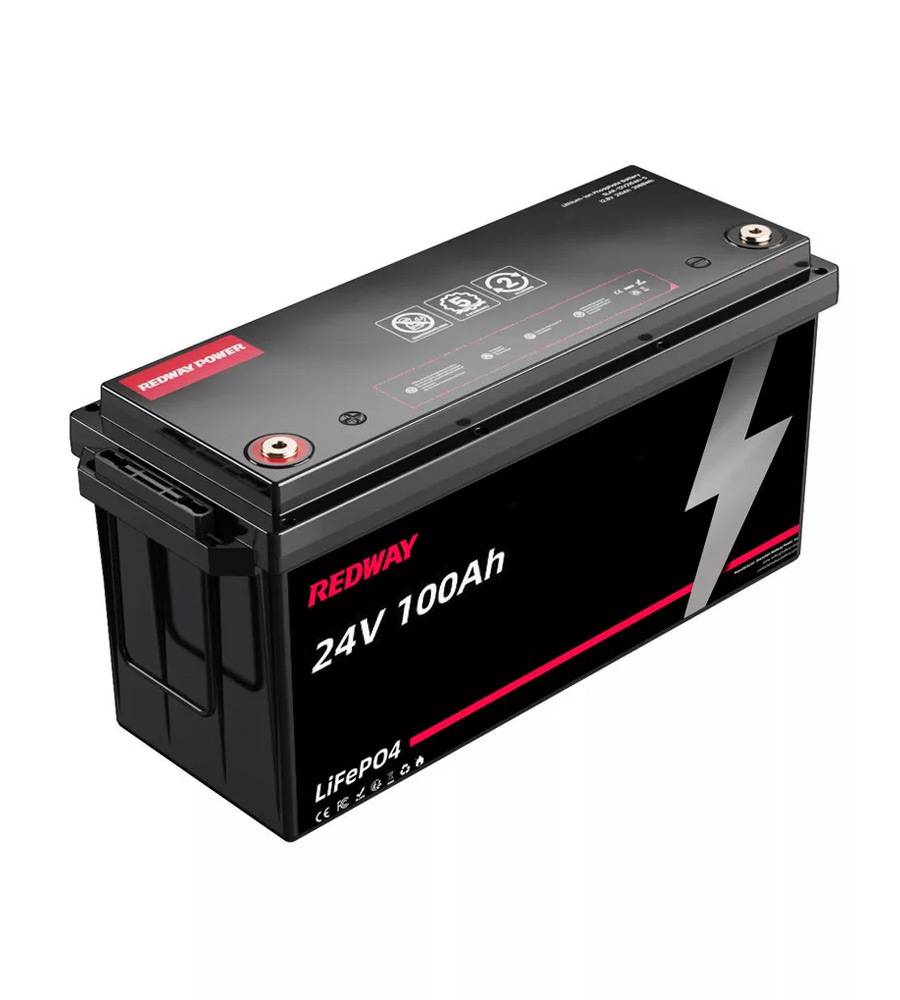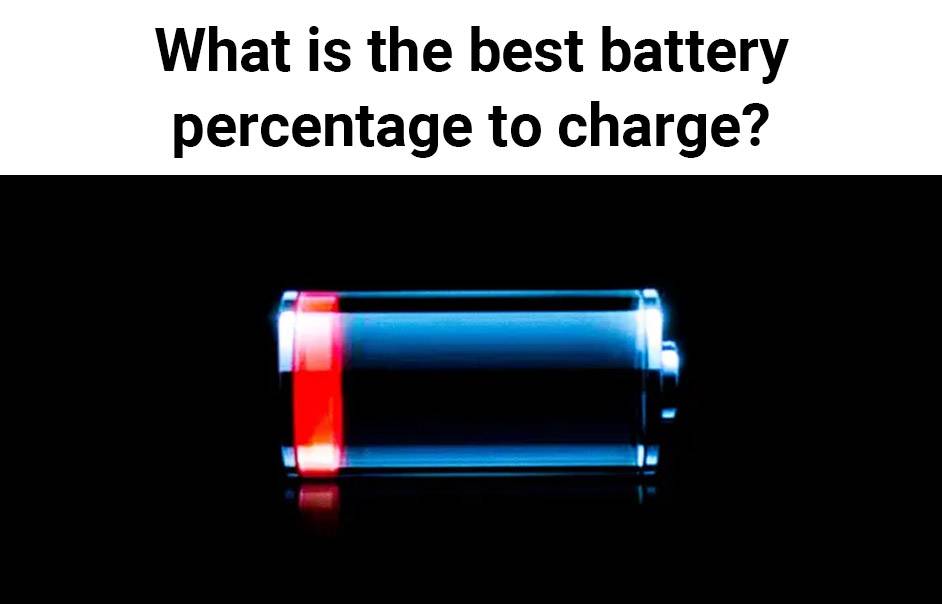- Forklift Lithium Battery
-
48V
- 48V 210Ah
- 48V 300Ah
- 48V 420Ah (949 x 349 x 569 mm)
- 48V 420Ah (950 x 421 x 450 mm)
- 48V 456Ah
- 48V 460Ah (830 x 630 x 590 mm)
- 48V 460Ah (950 x 421 x 450 mm)
- 48V 460Ah (800 x 630 x 600 mm)
- 48V 460Ah (820 x 660 x 470 mm)
- 48V 500Ah
- 48V 560Ah (810 x 630 x 600 mm)
- 48V 560Ah (950 x 592 x 450 mm)
- 48V 600Ah
- 48V 630Ah
-
48V
- Lithium Golf Cart Battery
- 12V Lithium Battery
12V 150Ah Lithium RV Battery
Bluetooth App | BCI Group 31
LiFePO4 Lithium
Discharge Temperature -20°C ~ 65°C
Fast Charger 14.6V 50A
Solar MPPT Charging - 24V Lithium Battery
- 36V Lithium Battery
- 48V Lithium Battery
-
48V LiFePO4 Battery
- 48V 50Ah
- 48V 50Ah (for Golf Carts)
- 48V 60Ah (8D)
- 48V 100Ah (8D)
- 48V 100Ah
- 48V 100Ah (Discharge 100A for Golf Carts)
- 48V 100Ah (Discharge 150A for Golf Carts)
- 48V 100Ah (Discharge 200A for Golf Carts)
- 48V 150Ah (for Golf Carts)
- 48V 160Ah (Discharge 100A for Golf Carts)
- 48V 160Ah (Discharge 160A for Golf Carts)
-
48V LiFePO4 Battery
- 60V Lithium Battery
-
60V LiFePO4 Battery
- 60V 20Ah
- 60V 30Ah
- 60V 50Ah
- 60V 50Ah (Small Size / Side Terminal)
- 60V 100Ah (for Electric Motocycle, Electric Scooter, LSV, AGV)
- 60V 100Ah (for Forklift, AGV, Electric Scooter, Sweeper)
- 60V 150Ah (E-Motocycle / E-Scooter / E-Tricycle / Tour LSV)
- 60V 200Ah (for Forklift, AGV, Electric Scooter, Sweeper)
-
60V LiFePO4 Battery
- 72V~96V Lithium Battery
- Rack-mounted Lithium Battery
- E-Bike Battery
- All-in-One Home-ESS
- Wall-mount Battery ESS
-
Home-ESS Lithium Battery PowerWall
- 24V 100Ah 2.4kWh PW24100-S PowerWall
- 48V 50Ah 2.4kWh PW4850-S PowerWall
- 48V 50Ah 2.56kWh PW5150-S PowerWall
- 48V 100Ah 5.12kWh PW51100-F PowerWall (IP65)
- 48V 100Ah 5.12kWh PW51100-S PowerWall
- 48V 100Ah 5.12kWh PW51100-H PowerWall
- 48V 200Ah 10kWh PW51200-H PowerWall
- 48V 300Ah 15kWh PW51300-H PowerWall
PowerWall 51.2V 100Ah LiFePO4 Lithium Battery
Highly popular in Asia and Eastern Europe.
CE Certification | Home-ESS -
Home-ESS Lithium Battery PowerWall
- Portable Power Stations
How Many Solar Panels Can Charge A 12V 100Ah Battery?

To charge a 12V 100Ah battery using solar panels, the number of panels required depends on the panel’s wattage and the amount of sunlight available. Typically, a 100W solar panel can charge this battery in about 10-12 hours of full sunlight, meaning one panel is usually sufficient under optimal conditions.
Understanding Solar Panel Requirements for Charging
- Battery Capacity and Voltage
The capacity of a battery is measured in amp-hours (Ah). A 12V 100Ah battery can store 1200 watt-hours (Wh) of energy (12V x 100Ah). To fully charge this battery, we need to consider the output of the solar panels.Battery Specs Value Voltage 12V Capacity 100Ah Total Energy 1200Wh - Solar Panel Output
The output of solar panels varies based on their wattage and sunlight exposure. For example, a 100W solar panel produces approximately 400Wh per day under optimal conditions (4 hours of peak sunlight).Solar Panel Wattage Daily Output (Wh) 100W 400Wh 200W 800Wh 300W 1200Wh - Calculating the Number of Panels Required
To determine how many panels are needed, divide the total energy required by the daily output of one panel.- For a 100W panel:
- Total energy required = 1200Wh
- Daily output = 400Wh
- Panels needed = 1200Wh / 400Wh = 3 panels
- For a 100W panel:
Factors to Consider When Charging a 12V 100Ah Battery with Solar Panels
Calculating the Number of Solar Panels Needed

Tips for Efficient Solar Panel Charging
Alternative Charging Methods for 12V 100Ah Batteries
How long will it take to charge a battery?
How many panels would I need to charge a 200ah battery?
How many amps does a 100 watt panel produce?

What are amp hours?
How to charge a 12v battery?
What are deep cycle batteries?
What size solar panel do I need to charge a 12v battery?
12V, 24V, or 48V Battery for Off-Grid Solar Power
FAQs
How do I calculate the expected discharge rate for appliances in a solar power system?
How can I determine the battery capacity for a 12v battery system?
What should a 12-volt battery read when fully charged?
Do lithium batteries charge faster than flooded lead acid batteries?
Does it matter what kind of battery you use?
What are the best conditions to charge a battery?
How Long to Charge 24V 100Ah Battery with 300W Panel?
How to Use Multiple Solar Panels for Efficient Home Charging?
What Considerations for Charging Battery with Solar Panels in Different Lighting?
What Size Solar Panel Do I Need to Charge a 100Ah Battery?
What is the advantage of a 24V solar panel? A 24V solar panel is more efficient for charging 24V battery systems, offering higher power output and less current for the same wattage compared to 12V panels. This reduces energy loss and allows for smaller wire sizes and lower voltage drop over longer distances.
Can I use a house solar panel for a 12V battery? Yes, you can use a house solar panel with a 12V battery, but you’ll need a charge controller to ensure the correct voltage and current are supplied to avoid overcharging and damage.
What is the best voltage for solar panels? The “best” voltage depends on your system’s requirements. Common voltages are 12V, 24V, and 48V. Higher voltages, like 24V or 48V, are typically more efficient for larger systems, reducing current and energy loss.
What happens if I put 24V into 12V? Applying 24V to a 12V system can damage the components, cause overheating, and potentially lead to failure. Always match the voltage of the power source to the system requirements.
What makes more power 12V or 24V? 24V systems generally make more power efficiently than 12V systems, due to lower current for the same power level, which reduces energy loss and allows for smaller, less costly wiring.
What size solar panel do I need to charge a 24V battery? To charge a 24V battery, select a solar panel with a voltage output slightly higher than 24V, usually around 30V, and sufficient wattage to match your energy needs. A typical choice might be a 100W to 300W panel.
How many solar panels do I need to charge a 24V 200Ah battery? To charge a 24V 200Ah battery, you need a solar panel system with a combined output of around 200-300W. For example, using two 100W panels could work, but consider sunlight availability and efficiency for accurate sizing.

























